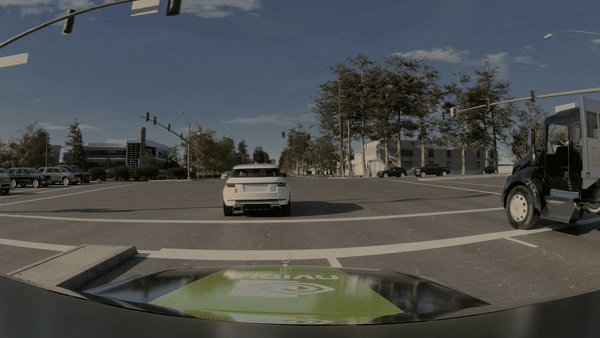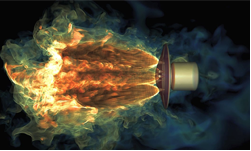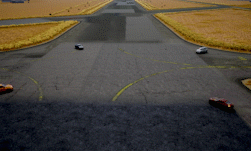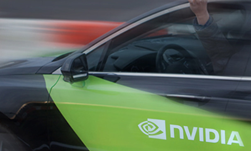Designing safety restraints for automobiles is a challenging endeavor, now imagine doing the same for a NASA spacecraft. Unlike a vehicle, impacts can come from any direction. Injuries that are minor after a car crash could prevent an astronaut from exiting a capsule that has just landed on water.
Now a team of Wake Forest School of Medicine researchers has carried out a supercomputer simulation to help validate NASA’s crash testing practices.
Using the Pittsburgh Supercomputing Center Bridges Supercomputer, which is comprised of an NVIDIA DGX-2 system, NVIDIA V100 GPU nodes, and 48 previous-generation NVIDIA GPUs, the scientists carried out extensive simulations on crash-test dummies.
“Thanks to the power and user-friendliness of PSC’s Bridges platform, [the researchers] were able to carry out extensive simulations of each dummy experiencing impacts from different directions in seats facing different directions,” the Pittsburgh Supercomputing Center stated in a press release.
After doing so, the researchers confirmed that the crash-test dummies, using a human body model, produced very similar head-injury metrics on impacts.
The work increases confidence that spacecraft manufacturers can design seats and restraints that will be safe in multiple types of impact with a limited number of tests with physical dummies.
The scientists published their results in the January 2020 issue of Traffic Injury Prevention.










